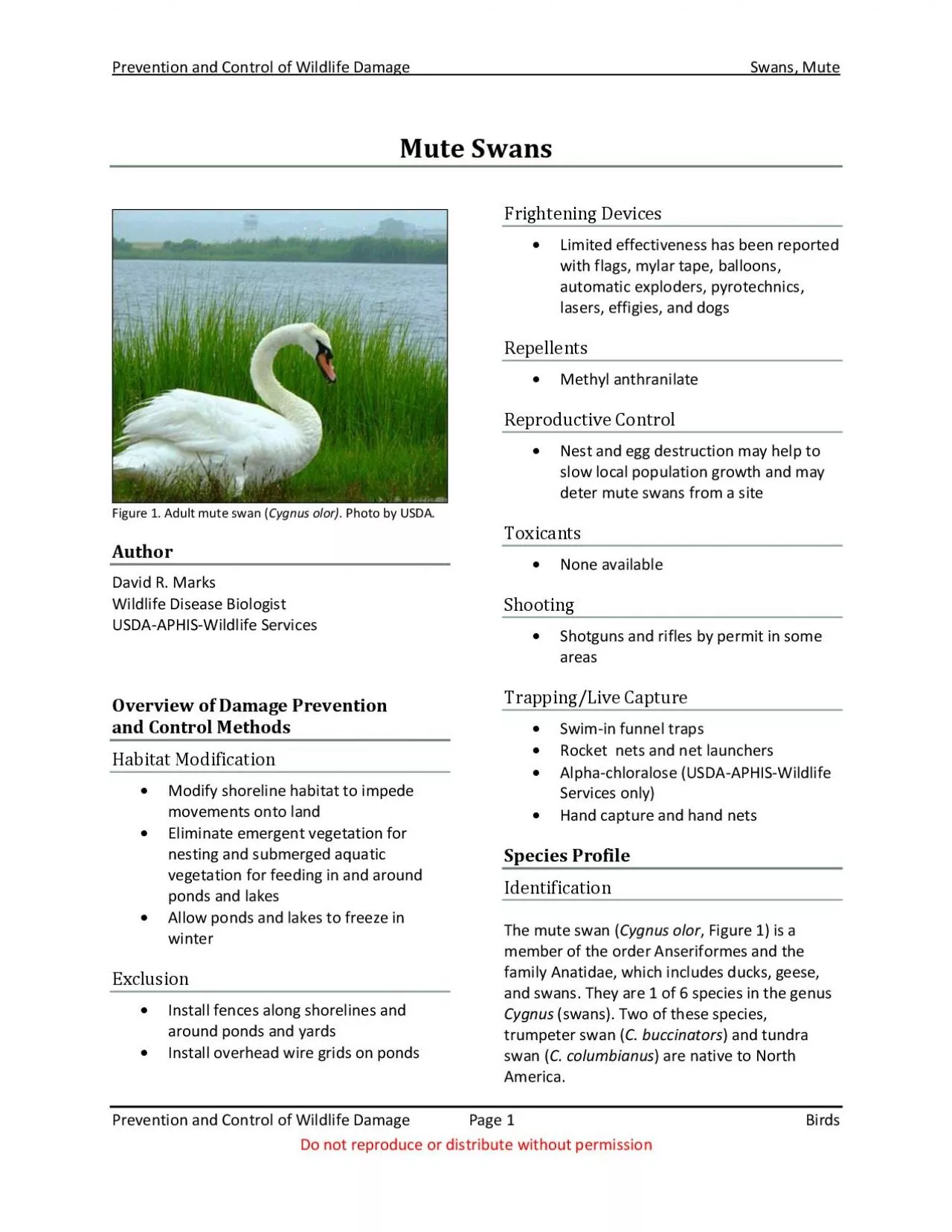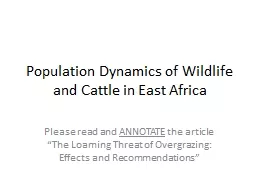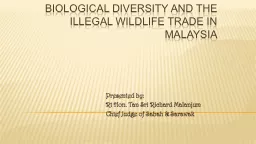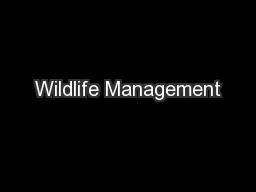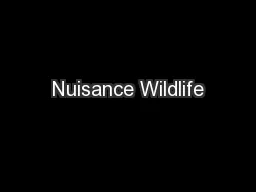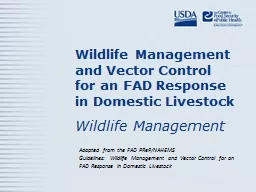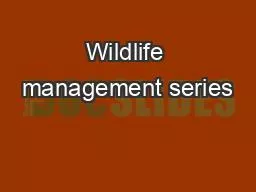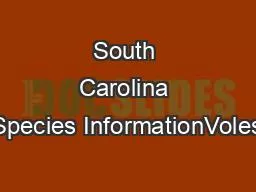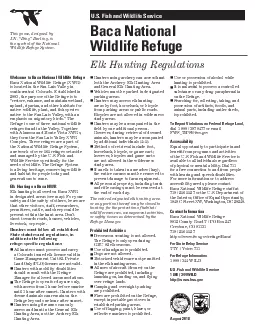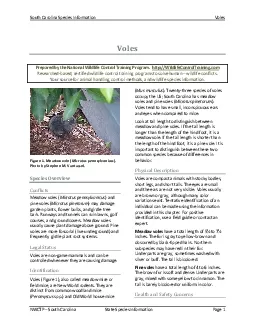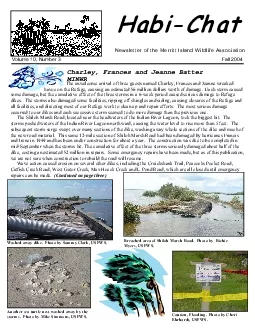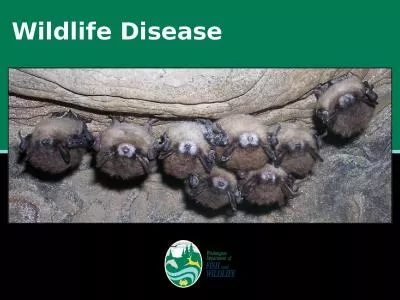PDF-Prevention and Control of Wildlife Damage
Author : ethlyn | Published Date : 2021-07-03
Swans Mute Prevention and Control of Wildlife Damage Page 1 Birds Do not reproduce or di s tribute without permission Mute Swans Figure 1 Adult mute swan Cygnus
Presentation Embed Code
Download Presentation
Download Presentation The PPT/PDF document "Prevention and Control of Wildlife Damag..." is the property of its rightful owner. Permission is granted to download and print the materials on this website for personal, non-commercial use only, and to display it on your personal computer provided you do not modify the materials and that you retain all copyright notices contained in the materials. By downloading content from our website, you accept the terms of this agreement.
Prevention and Control of Wildlife Damage: Transcript
Download Rules Of Document
"Prevention and Control of Wildlife Damage"The content belongs to its owner. You may download and print it for personal use, without modification, and keep all copyright notices. By downloading, you agree to these terms.
Related Documents

